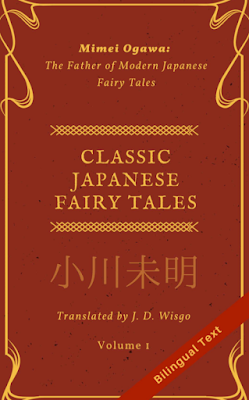"The Barefoot Woman" by Scholastique Mukasonga (published 2018)
The Barefoot Woman - a title not referring to woman, singular, as suggested grammatically, but instead to a pluralism of each woman whose life has traversed Rwanda, and Africa more generally... the numerous who have walked and worked, loved and cared, by the wounded and hardened soles of their feet.
Deeply transformative, the memoir is subtly theatrical, depicting, scene-by-scene, the daily lives of the children, women, and men affected by the violence in Rwanda. The story's hand does not fall heavy on historical detail or context, but instead fills the narrative with full, brilliant, and vibrant evocations of Mukasonga's growing years: her mother's building of a traditional inzu behind their house, the cultivation of precious sorghum and other crops, the tending of feet (and how her mother tried to give her toes "eyes" to soften the blows, to no avail), the delicate and rambunctious process of marriage proposals, the comparison of gorgeous women to the worship of the sacred cows.
The horror that seeped into every moment of their lives, as they hid when their mother Stefania told them to, when they quieted down as the soldiers drew near, invoked terror and much fright within the entire family. But Mukasonga beautifully describes how Stefania curbed and mitigated this through ritual, reverence, and each intentional action devoted to her children: the incantation of phrases and words said with gentle gravity as wounds were tended to, the prayers and wishes sent to both the God of new and those of old (such as the powerful Ryangombe), the eating and drinking of the harvest only on the night of the full moon, the special planting of umubirizi, a natural remedy for stomach ailments.
Stefania reached for what was already there and created with what she had. In doing so, without a conscious will for it, a special kind of magic takes over the story, one that allows historical and political trauma to succumb, heal, and restore Mukasonga's more precious memories.
All of the characters presented in The Barefoot Woman are exceedingly intriguing and offer up points of variance in dealing with African subjectivity (there's Felicite, Kilimadame, Marie-Therese... to name a few). This wonderful book is a treasure I'd recommend to all. I, for want of a better grasp on the distinctive essence of this nonfiction story, will read it again. The first time was too much a distracted delight, too deeply chilling, all at once, to take a good seat and really absorb each part. The second time I'll know to step away from the world and settle in to piece together this intricate fabric of African life, one which, I feel, provides chasmic reflections into my very own.




Comments
Post a Comment